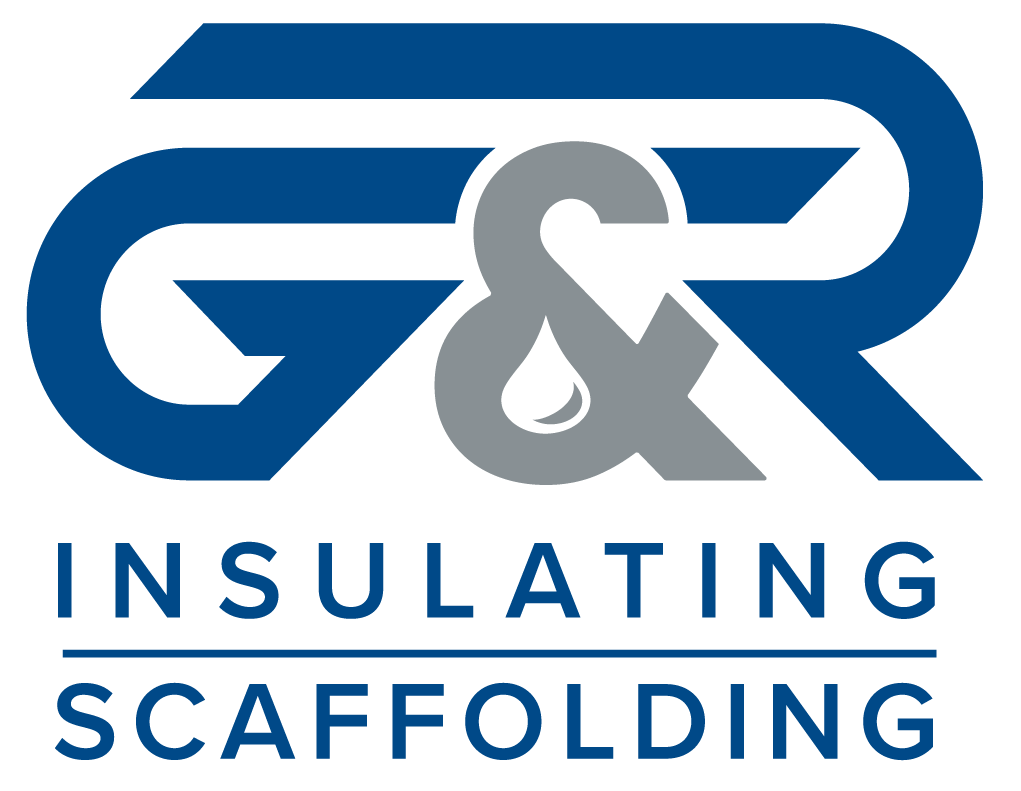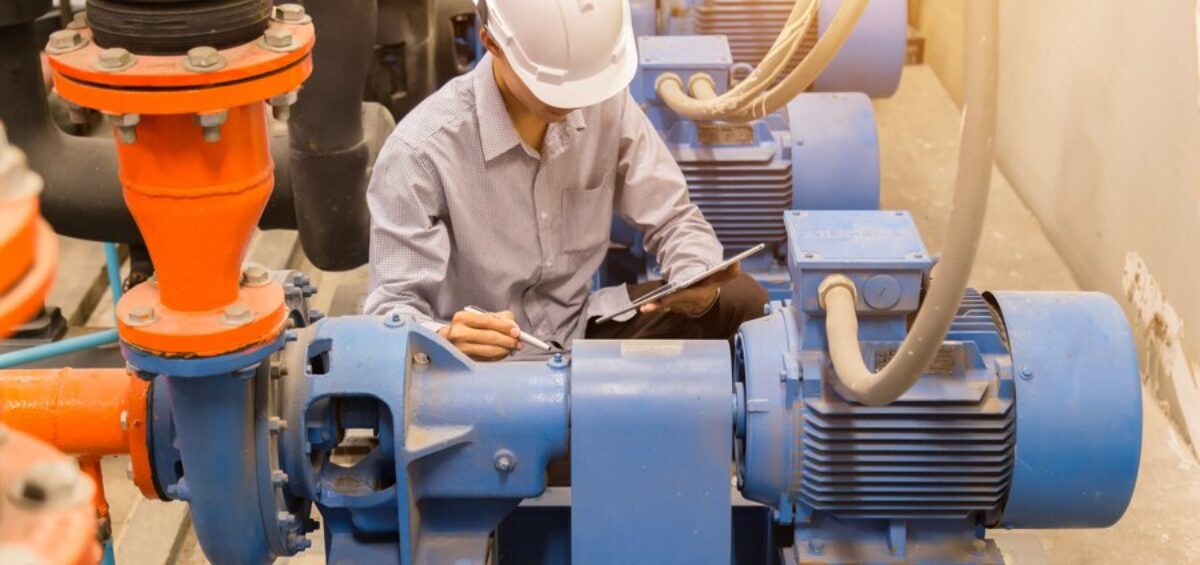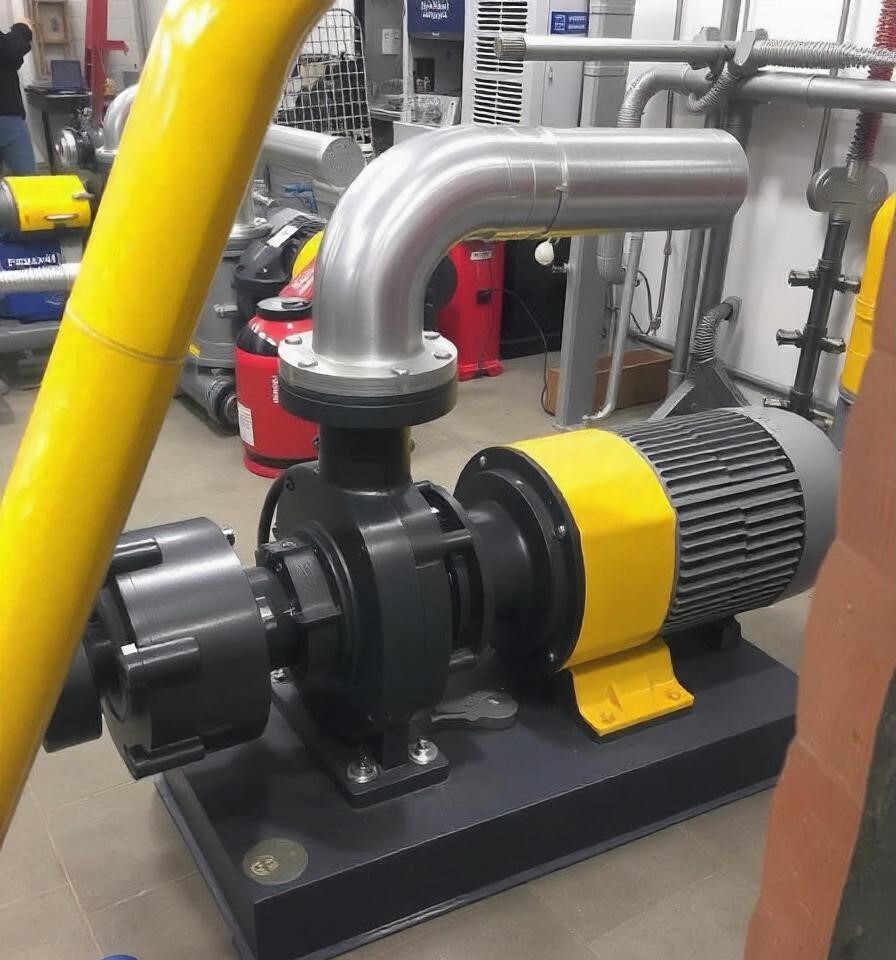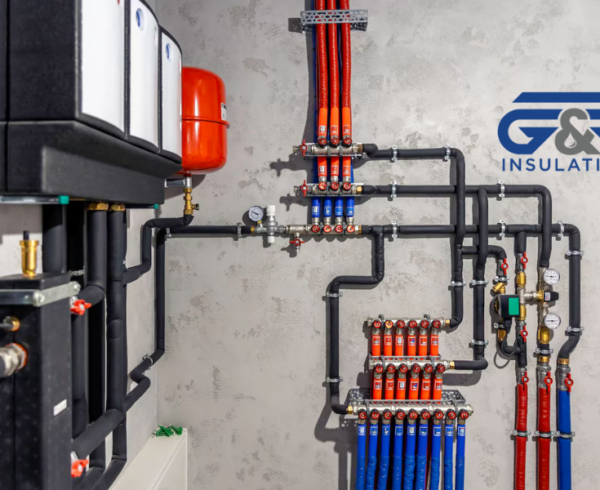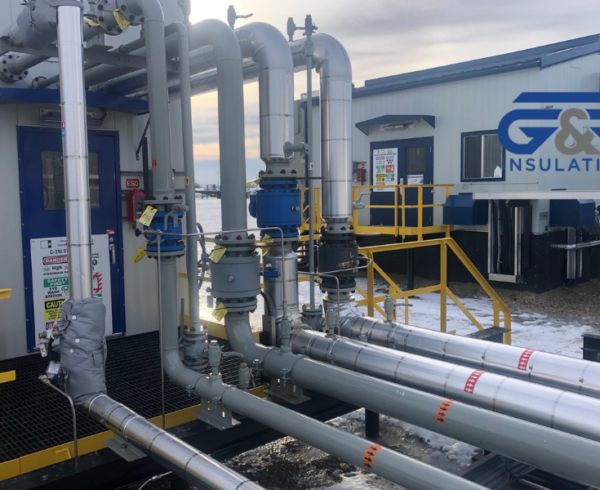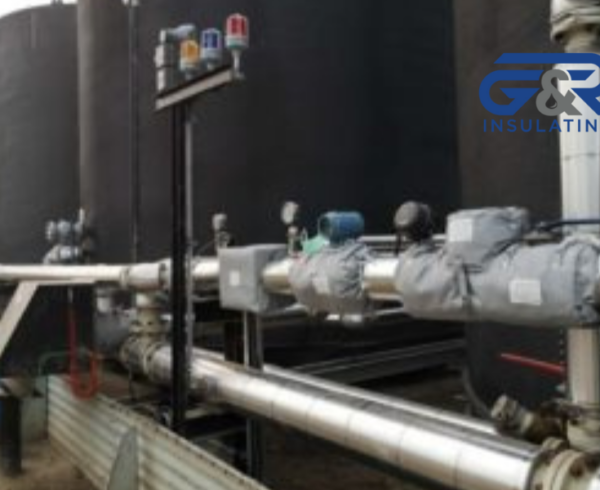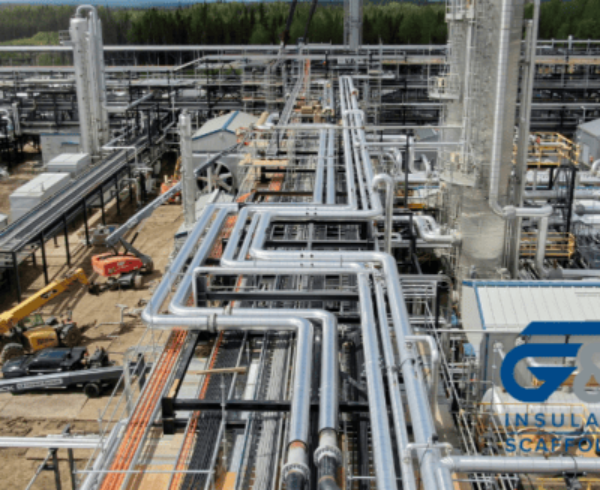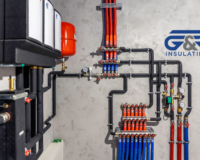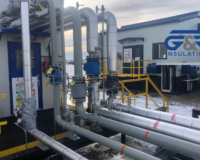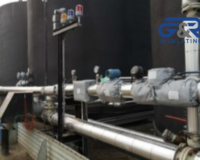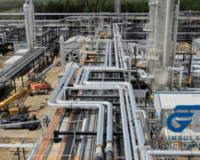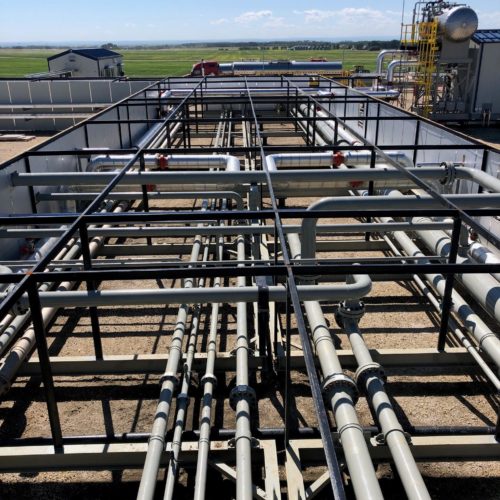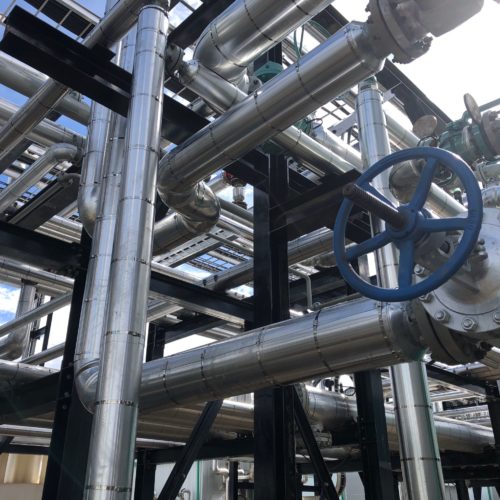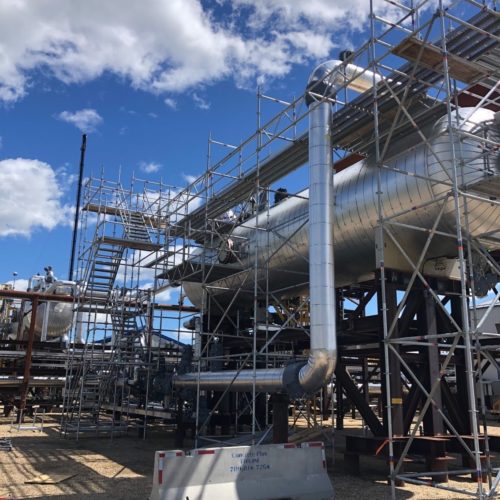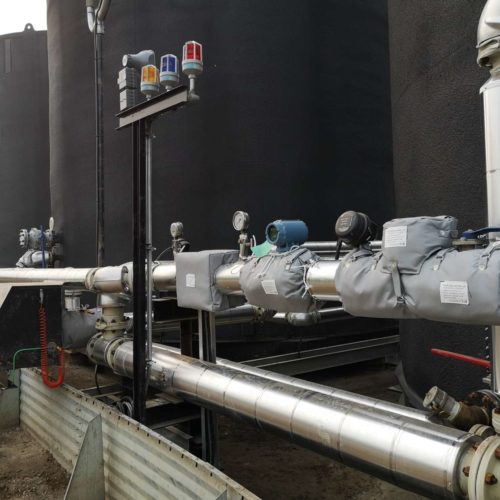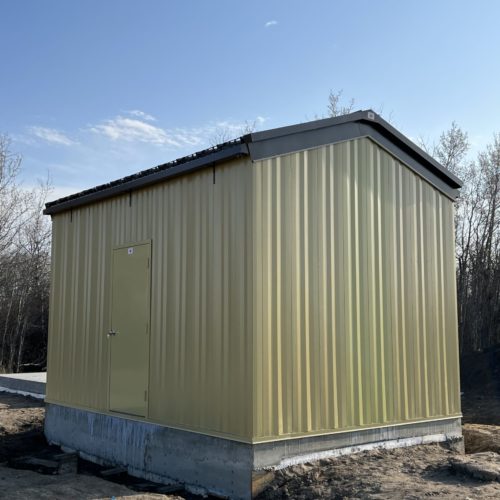Many oil and gas companies, chemical plants, and water treatment centers use centrifugal pumps. Even though these pumps work well and last a long time, if you don’t take care of them regularly, they can break down suddenly. This can cause delays and end up costing a lot of money. Organizations that use these pumps every day need to understand how they help everything run smoothly.
What Is a Centrifugal Pump?
Maintenance is crucial; however, knowing what a centrifugal pump is and how it works will help you comprehend the pump better. A centrifugal pump is a machine that moves liquids by using the spinning motion of a motor or engine to make the liquid flow. It pulls fluid into the middle of a spinning part called an impeller. As the impeller spins, it pushes the fluid outwards, which makes the pressure go up at the outlet. Such pumps are vital for all industries where there is a need for fluid transfer whether at different rates or pressures.
The Function of Centrifugal Pumps in Industrial Applications
Centrifugal pumps are easy to make, reliable, and work well for moving liquids, so many different industries use them. Whether it’s for oil refineries or water treatment plants, these pumps are very important for moving liquids. If they aren’t serviced properly, they might not work well or could break down, which can mess up important manufacturing processes.
Common Causes of Centrifugal Pump Failures
Knowing why centrifugal pumps break down helps businesses fix problems before they get too big. Some typical causes of failure include:
- Cavitation: Occurs when the pump is starved of fluid, leading to vapor bubbles that can damage the impeller.
- Overheating: Excessive heat due to friction can cause parts to warp or seize.
- Seal Leakage: Worn seals can allow fluid to escape, reducing pump efficiency.
- Wear and Tear: Over time, continuous operation can cause impellers, bearings, and shafts to degrade.
The Importance of Regular Maintenance for Optimal Performance and Longevity
Maintenance is not just a precautionary measure; it’s a necessity. Taking care of the pump regularly helps it work well, last longer, and avoid big problems. If you don’t keep up with maintenance, it can cost more to run, use more energy, and create unsafe conditions.
Key Maintenance Tasks For Centrifugal Pumps
There are several critical tasks involved in maintaining pumps:
- Lubrication: Adding the right amount of oil or grease helps reduce friction and heat. This keeps parts like bearings working well and lasting longer.
- Alignment Checks: If the motor and pump aren’t lined up correctly, it can make the equipment shake, wear out faster, and eventually break.
- Seal Inspection: It’s important to check seals for wear and leaks to keep things running smoothly and to avoid any leaks.
- Impeller Cleaning: Over time, dirt and rust can build up on the impeller, making it work less efficiently.
- Vibration Monitoring: Keeping an eye on unusual shakes can help find problems before they cause failures.
Benefits of a Regular Maintenance Schedule
Establishing a regular maintenance schedule for your pumps can offer multiple benefits:
- Less Breakdowns: Taking care of the pump regularly helps prevent sudden problems, so it keeps working smoothly.
- Cost Savings: Fixing small problems early helps avoid big, costly repairs later.
- Energy Efficiency: If a centrifugal pump is kept in good shape, it works better and uses less energy.
- Longer Life: Regular maintenance helps the pump last longer, so you get the most out of your investment.
Signs That Your Centrifugal Pump Needs Maintenance
It’s crucial to be aware of the signs that indicate your centrifugal pump requires immediate maintenance. Some key indicators include:
- Unusual Noises: If you hear grinding or squealing sounds, it usually means something is wrong with the machine, like broken parts or damage.
- Reduced Flow Rates: A decrease in flow rates could signify blockages, cavitation, or wear on the impeller.
- Increased Energy Consumption: If the pump starts using more power to perform the same tasks, it’s a clear sign that maintenance is needed.
- Vibrations or too much heat: These signs usually mean there might be a problem with the machine’s alignment, bearings, or other parts.
Trust and Credibility: The Role of Professionals in Pump Maintenance
When you need to take care of centrifugal pumps, it’s best to get help from experts who know how to handle these kinds of industrial pumps. Experienced technicians can find problems, suggest fixes, and make sure your pump works well and safely. G & R Insulating has been working in Western Canada for over 20 years. We know how to take great care of centrifugal pumps used in oilfield buildings, pipe insulation, and other industrial jobs.
Creating a Maintenance Checklist For Centrifugal Pumps
A good maintenance checklist helps you keep track of everything you need to check, so you don’t miss anything important. Below is a basic checklist that can be adapted to suit your specific centrifugal pump requirements:
- Check lubrication levels and top up if needed.
- Inspect seals for wear or leaks.
- Perform vibration analysis to detect misalignment or mechanical wear.
- Clean the impeller and remove any debris or corrosion.
- Verify pump and motor alignment.
- Test pump efficiency by measuring flow rates and pressure.
- Inspect electrical components for faults or corrosion.
How Often Should Centrifugal Pumps Be Maintained?
How often you need to maintain the pump depends on things like where it’s used, how much it’s used, and what it’s used for. However, a general guideline is to perform a full maintenance check at least once every three to six months. In tough conditions, like with fluids that wear things down or very high or low temperatures, you need to check things more often. Also, make sure to do smaller, regular checks every week or month to find small problems before they become big ones.
Frequently Asked Question
Q: What are the common causes of centrifugal pump failures?
A: Common causes include cavitation, overheating, seal leakage, and general wear and tear. Cavitation occurs when the pump is starved of fluid, leading to damaging vapor bubbles. Overheating can warp or seize parts, while seal leakage and wear can reduce pump efficiency.
Q: Why is regular maintenance important for centrifugal pumps?
A: Regular maintenance is crucial because it ensures the pump operates efficiently, extends its lifespan, and prevents costly breakdowns. It also helps maintain energy efficiency and avoid safety hazards.
Q: What are some key maintenance tasks for pumps?
A: Key tasks include lubrication, alignment checks, seal inspection, impeller cleaning, and vibration monitoring. These tasks help ensure smooth operation and prevent major issues.
Q: How often should the centrifugal pump be maintained?
A: A full maintenance check should be performed every three to six months. For pumps operating in harsh conditions, more frequent checks may be necessary. Regular smaller checks should also be done weekly or monthly.
Conclusion
Centrifugal pumps are used in many different industries. If these pumps are reliable, they help make sure everything works well. Maintenance should be done regularly to prevent unanticipated malfunctions, extend the life span of your machines, and promote a safe and effective working area. A careful economy in terms of time for repairs, and the use of professional help when necessary will improve your centrifugal pump’s abilities and keep you away from expensive interruptions that you would have incurred.
G & R Insulating has over 20 years of experience working with oil and gas. We make sure that centrifugal pumps used in industries across Western Canada are kept safe and work well. Don’t wait for a breakdown—invest in regular maintenance today to ensure your centrifugal pump continues to perform at its best.
Authoritative Closing Statement: Trust in experience. Trust in quality. Trust in G & R Insulating for all your centrifugal pump maintenance needs.
